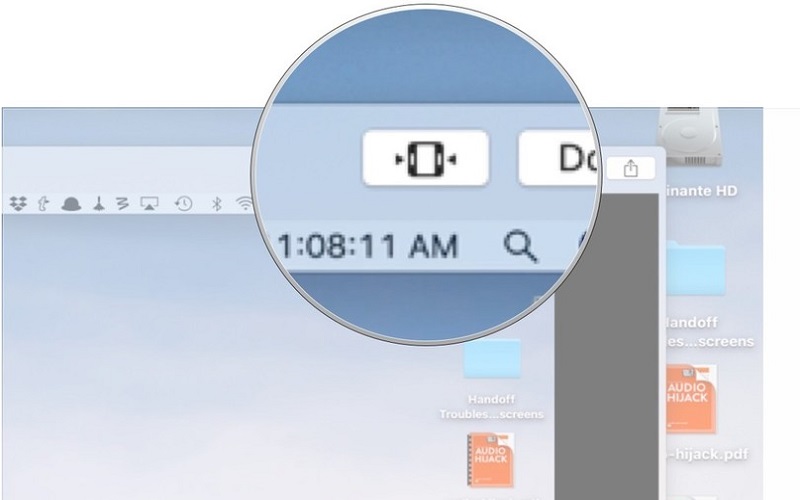
The newest versions of QuickTime Player include more Screen Recorder features making it worth it.Įnjoy this? Don’t miss more great Mac OS X tips. So what do the results look like? There are plenty of examples on our OSXDaily YouTube page, here’s one of several:Ī quick note for users of 10.5 or below: instead of paying for recording software, it’s often cheaper to just buy the Snow Leopard upgrade, or better yet, just jump ahead to Mountain Lion or OS X Mavericks if your Mac supports it.

mov but you can export it as other formats as well using “Export” or “Save As”. You will want to choose specific options before recording screen activity for them to apply to the saved video. If there is a check next to the menu option it is enabled, selecting them again would disable the given feature. To access those additional features, just click the little downward pointing arrow to reveal a menu that includes Microphone options, Quality options, whether to show mouse clicks or not in the recording, and also where to default to saving the file to.

You can also record audio if you have a microphone, or set it to ‘line-in’ if you want to direct audio from the Mac to the recorded activity on display. There are options to have mouse clicks shown in the recording as well, which is an optional feature but if you’re using the record screen feature for demonstration purposes it’s a good one to enable since it makes clicks much more obvious by placing the circle around them. Note that newer versions of the screen recorder will just hide the player completely, making it entirely invisible regardless of how it’s activated or deactivated. QuickTime Player gets out of the way when you are recording the screen so that the activity is not obstructed by the application, this is also why it’s best to just use the keyboard shortcut to halt the screen recorder.



 0 kommentar(er)
0 kommentar(er)
